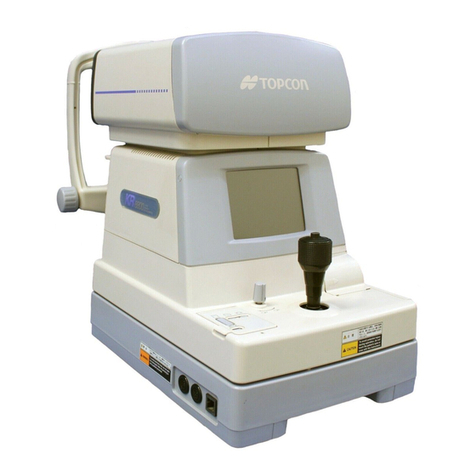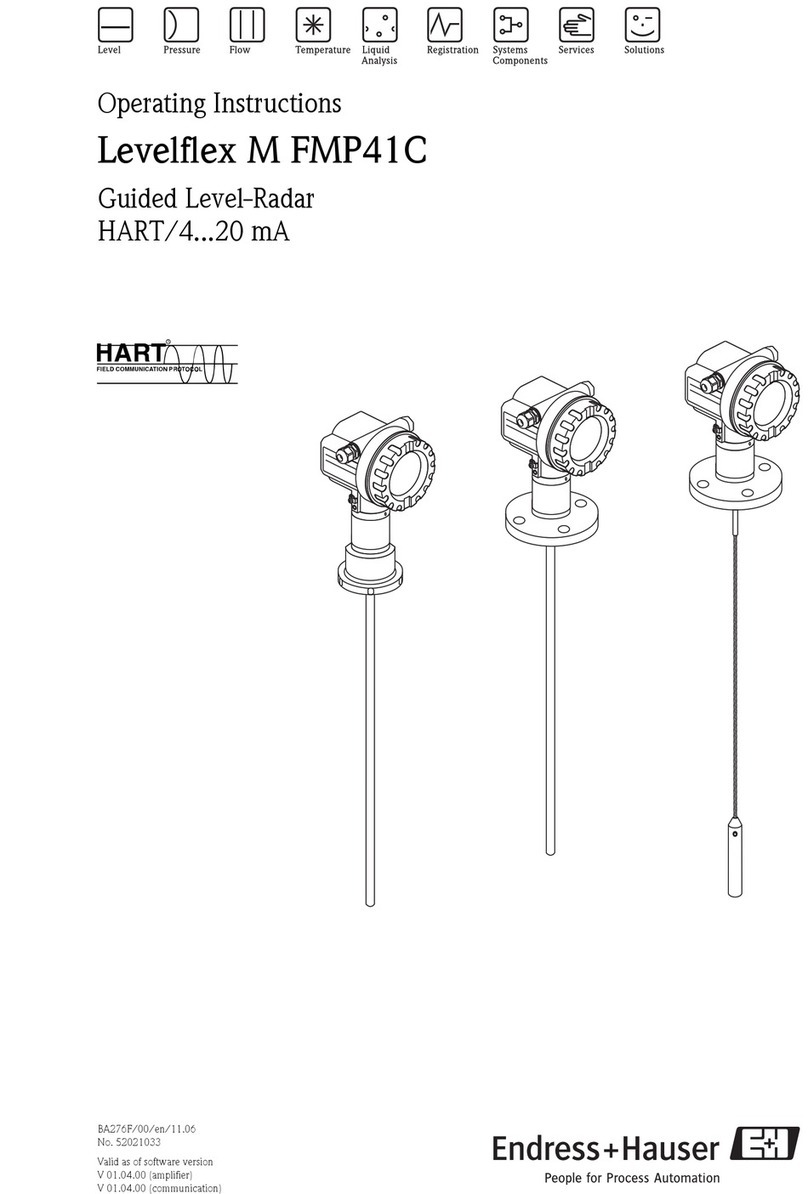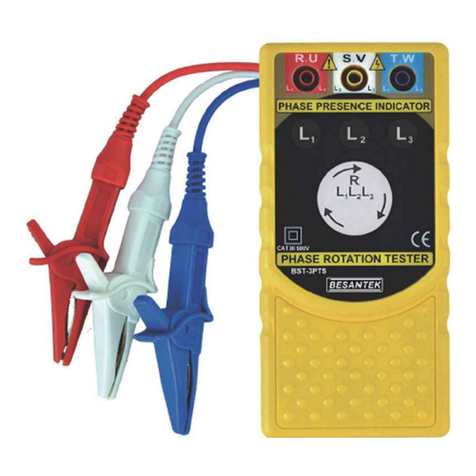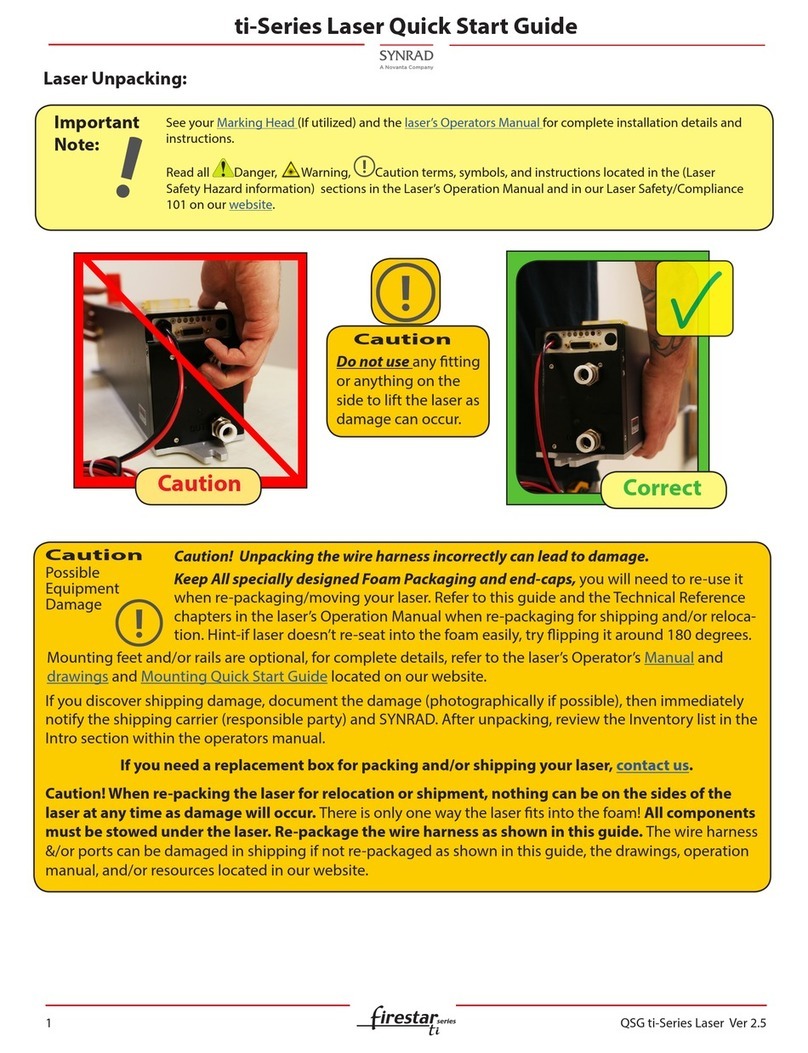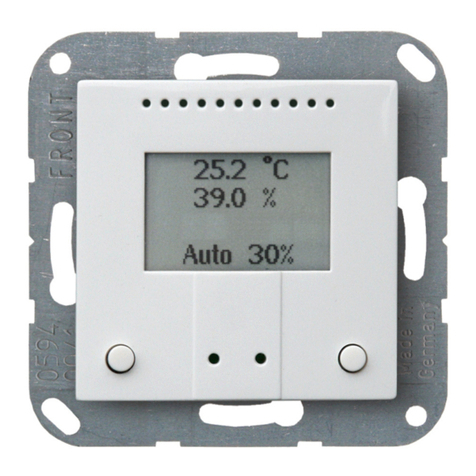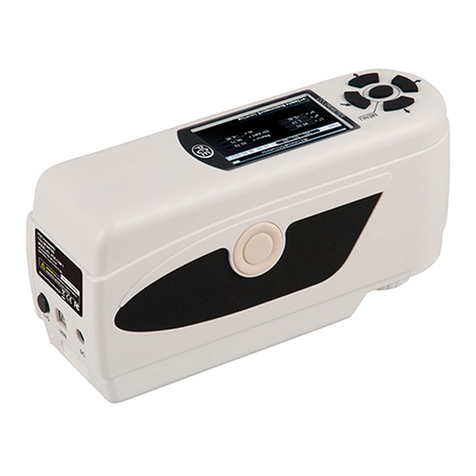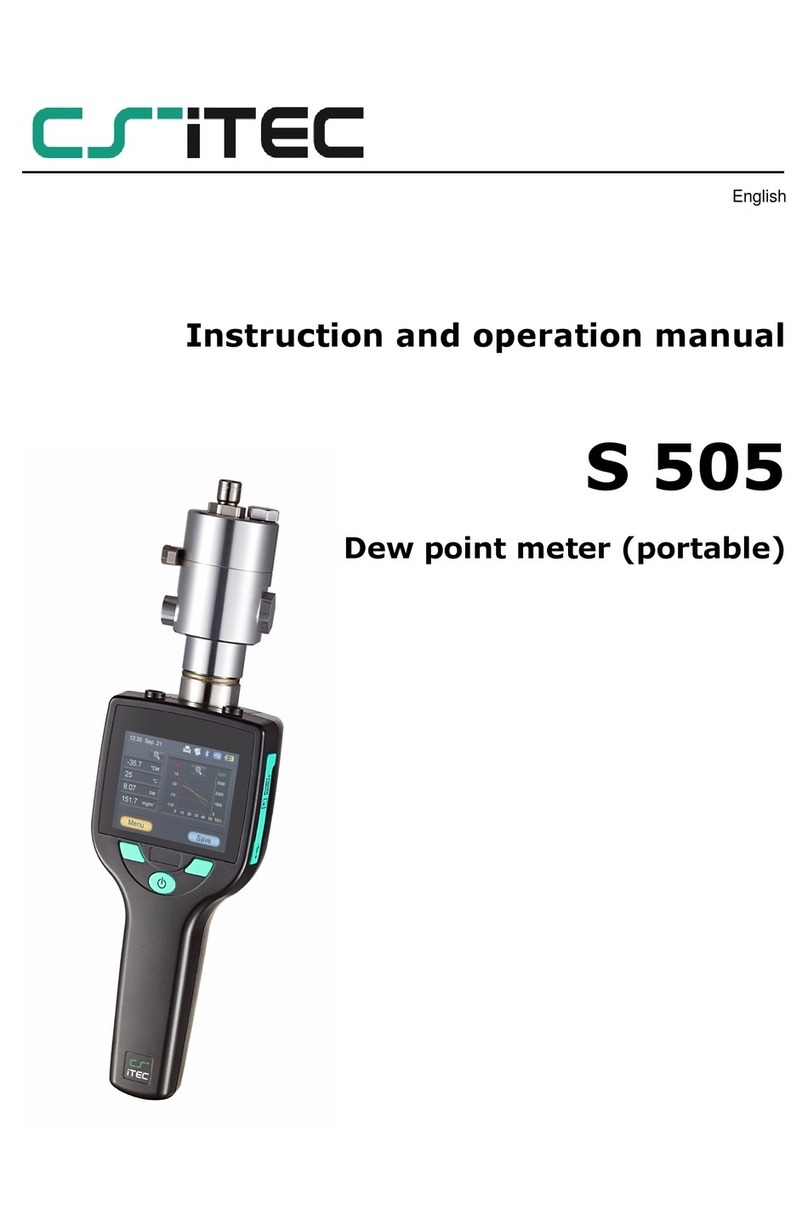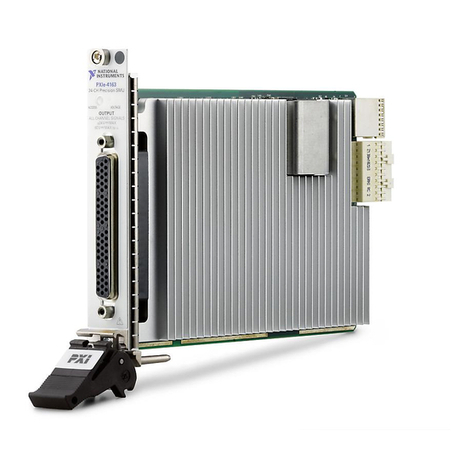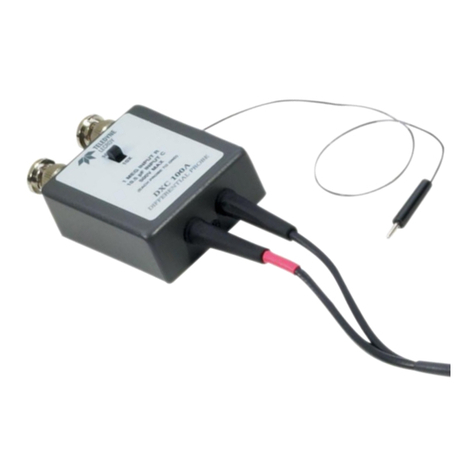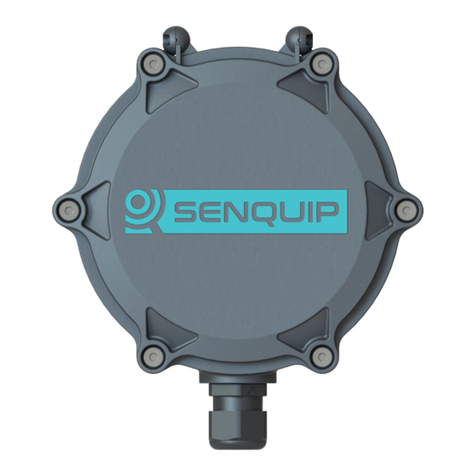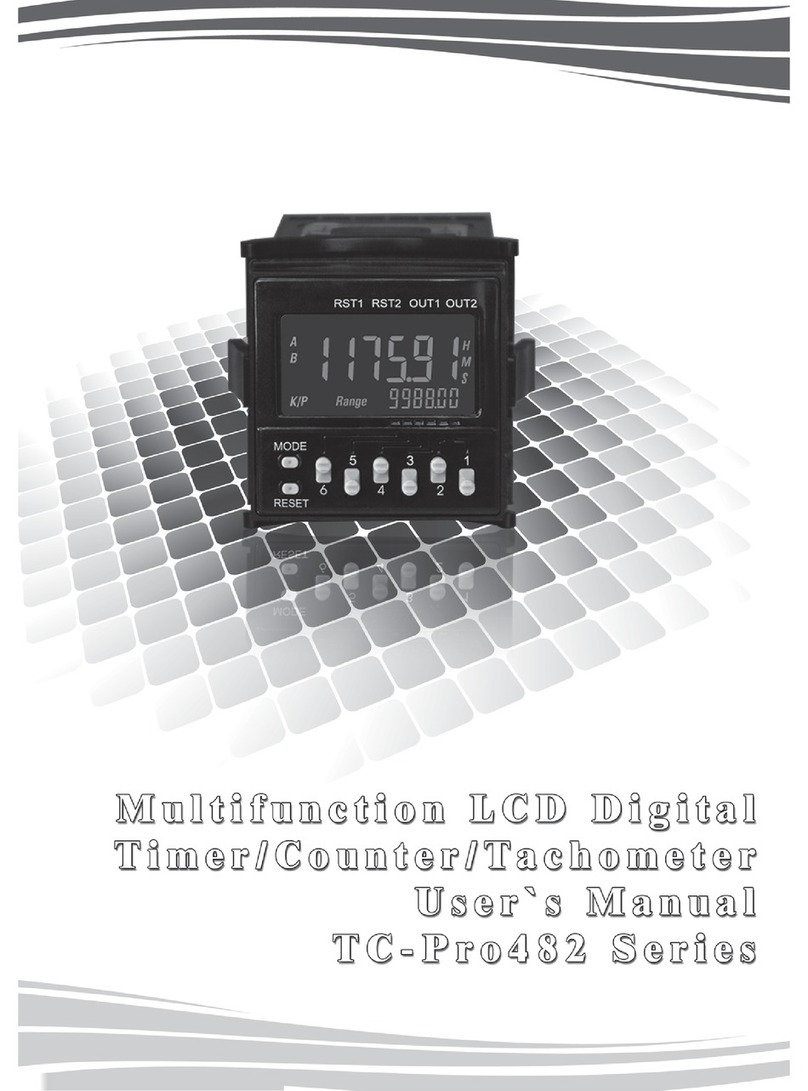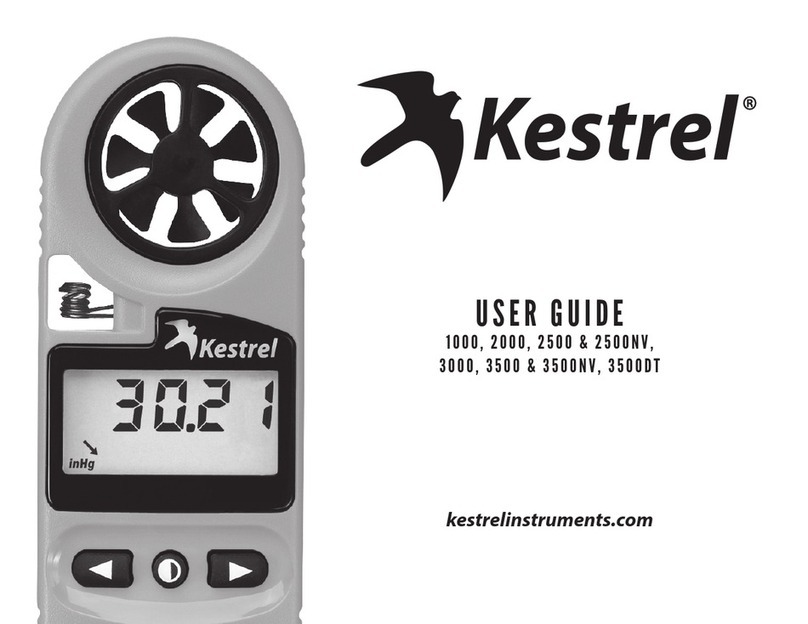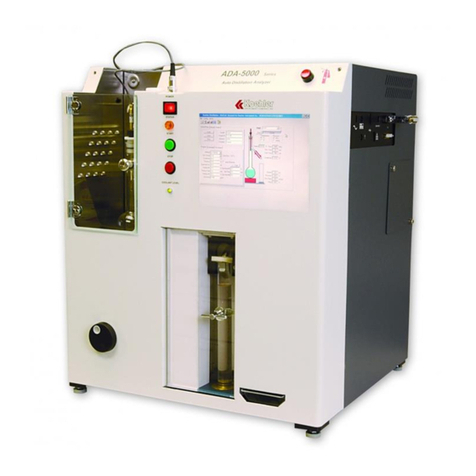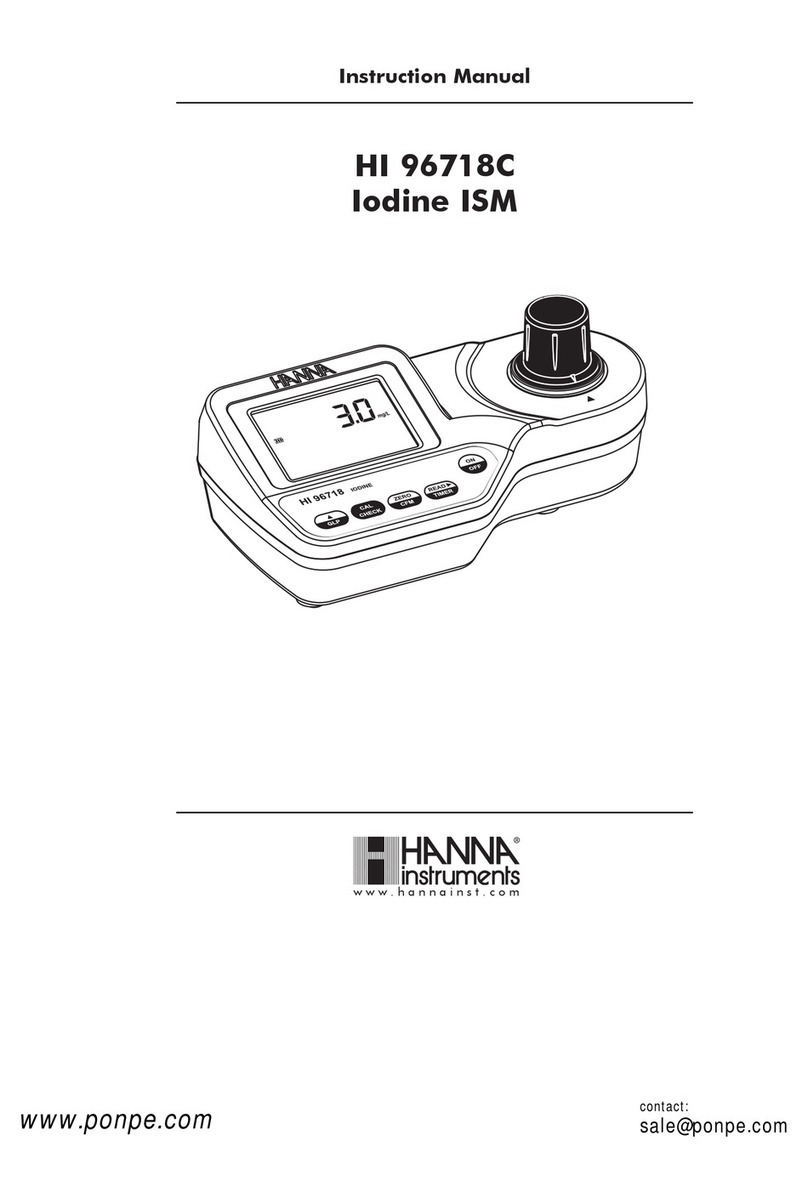
Do I need a Premium Senquip Portal subscription to remotely configure my ORB?
If you own an ORB, you can configure it via the Senquip Portal for free, for ever. If you would like Senquip to store
your data on the portal and be able to view current and historical data, then you will need a subscription. For most
users, a standard subscription which allows for 60 second updates and a month of data storage will be sufficient. For
users who need faster updates and longer-term storage, a Premium subscription can be considered.
If I perform a factory reset, will I lose my settings?
Yes, a factory reset will remove all your settings including your network settings. After performing a factory reset,
you will need to connect to the ORB via the internal webserver to re-establish an internet connection.
If I perform a firmware update, will I lose my settings?
No, performing a firmware update preserves your settings. If the firmware update introduces new settings, these
will be set to the default value.
I have lost my password, what can I do?
If your ORB is connected to your Senquip Portal account, you can continue to view your ORB data and continue to
make configuration changes. If you have changed your password, and have forgotten your new password, a factory
reset will restore the original ORB password. If you have lost the original ORB password, please contact Senquip who
will assist you in recovery.
Can I use AA NiCd batteries in my ORB?
NiCd batteries are generally rated at 1.2V. Although the ORB will operate from 1.2V batteries, they will not last very
long. It is recommended to use high quality Alkaline or Lithium batteries. For longest life, use 1.6V or 3.6V lithium
batteries.
Why does the ORB operate on the LTE CAT-M1 network rather than that 3G or 4G?
The 3G network is being turned-off in Australia and New Zealand from 2020 and will be replaced by the 4G and later,
the 5G network. The 4G and 5G networks are fast networks designed for voice and high-speed data. IOT devices are
low speed devices and do not require the speed available on the 5G network. As network speeds go up, the
complexity of the modems required to operate on those networks as well as the power consumption and cost
increases. In response to demand from the IOT industry, network operators have launched LTE CAT-M1 and LTE
NBIOT networks. These two networks are designed for lower speed devices that cost less, consume less power and
achieve longer range from existing mobile towers. The ORB can operate on both LTE CAT-M1 and LTE NBIOT
networks but favours LTE CAT-M1 because:
LTE, of which CAT-M1 is a part, will be the only cellular technology going forward;
CAT-M1 allow low power modems to be used, meaning longer battery life;
CAT-M1 allows dynamic transfer between towers, making it ideal for mobile applications;
The networks are modern and will be supported for many years to come;
The networks offer the best coverage in Australia and New Zealand.
Is my data secure?
Yes, your data is safe. To ensure the highest levels of security, ORBE uses a NIST validated, ultra-secure hardware
crypto element for key and certificate storage and cryptographic processing. The crypto-element is pre-loaded with
certificates for Amazon Web Services (AWS), allowing for immediate, out-of-the box, secure communication with the
Senquip Portal. Users can load additional certificates to allow secure communications with other servers, using the
Senquip Portal.







